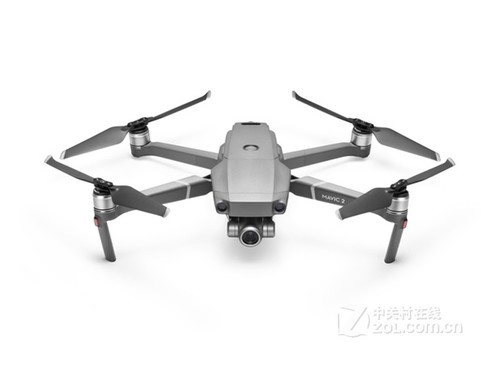The use of drones in the United States has surged in recent years, transforming industries and creating new opportunities for innovation. From commercial applications to recreational use, drones have steadily become integral to various sectors. Understanding drone technology and its implications is essential for comprehending its impact across the nation.
Commercial Applications
Drones are revolutionizing commercial industries, including agriculture, delivery services, and real estate photography. In agriculture, drones equipped with sensors help monitor crops, optimize irrigation, and assess soil health. Delivery services, such as Amazon’s Prime Air, are experimenting with utilizing drones for faster deliveries. Companies specializing in real estate are employing drones to capture aerial imagery for property listings, giving potential buyers unique perspectives on properties.
Aerial Mapping and Surveillance
Another pivotal field where drones are making an impact is aerial mapping and surveillance. Drones offer a cost-effective solution for collecting geographical data and monitoring large expanses such as pipelines, wildlife areas, and construction projects. Their ability to reach inaccessible areas makes them indispensable for these purposes.
Recreational Use
The recreational use of drones is also increasing, with hobbyists and enthusiasts exploring this technology. These drones, often equipped with cameras, are being used for photography and videography, enhancing the quality of captured scenes. Drone racing has emerged as a popular sport, fostering communities and competitions nationwide.
Challenges and Regulations
Despite the benefits, there are challenges associated with drone usage in the United States , particularly regarding privacy and airspace regulations. The Federal Aviation Administration (FAA) has established guidelines to manage these aspects, ensuring safe and responsible operation of drones. Navigating these rules requires diligence from drone operators.
, particularly regarding privacy and airspace regulations. The Federal Aviation Administration (FAA) has established guidelines to manage these aspects, ensuring safe and responsible operation of drones. Navigating these rules requires diligence from drone operators.
Technological Innovations
Technological advancements are continually reshaping the drone landscape. Innovations such as AI-enhanced flight controls and improved battery technologies are expanding drone capabilities, enabling longer flights and more complex missions. As technology evolves, drones are likely to become smarter, safer, and more versatile.
Drones have successfully integrated into various sectors in the United States, offering efficiencies that were previously unattainable.
FAQs about Drone Usage
